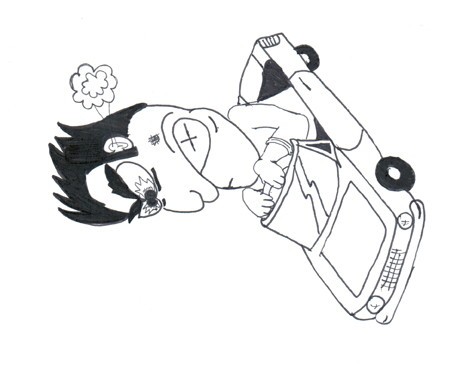Highway to the safety zone
Quest to make Canada’s roads safest in the world nearing its end
As a 10-year plan to make Canada’s roads the world’s safest nears its end, Canadian officials are still trying to change drivers’ behaviour and reduce injuries and fatalities.
In 2000, the Canadian Council of Motor Transport Administrators (CCMTA) developed Road Safety Vision 2010 to make Canada’s roads the safest in the world by the end of 2010.
Brian Smiley, media relations co-ordinator with Manitoba Public Insurance (MPI), said Canada faces some challenges to improve its numbers.
“Whether we will be the safest in the world lies with the driver to make a conscious behaviour,” he said.
Canada is currently ranked in 10th place, with the Netherlands ranking first. The United States is 12th.
Audrey Henderson, director of programs with CCMTA, said every year crime has been decreasing on Canadian roads. She said countries out-performing Canada are doing so because they are taking drastic measures.
“They use more speed cameras, higher fines for speeding, reduced speed limits on selected roads … They have more infrastructure improvements, more drinking and driving enforcement, and they have an enhanced level of public education program on road safety,” she said.
Canada’s biggest goal is to decrease the average number of fatal or serious motor vehicle injuries in 2008-2010 by 30 per cent.
Smiley said MPI is involved in proactive campaigns to educate motorists with a focus on major problems, including drinking and driving, speeding, seatbelt usage and child car seats.
“We’re providing funding to police agencies to do more roadside tests,” he said. These tests include using radar cameras, performing alcohol tests and monitoring seatbelt usage.
The Winnipeg Police Service started Operation Impact to address the major problems targeted by MPI.
Mark Hodgson, staff sergeant with the Winnipeg police, agrees these issues are preventable.
“All these activities are people’s own personal choices. It only takes a second for these collisions to happen,” said Hodgson.
Nikki Dodd, a former University of Winnipeg student, said she thinks an increase in roadside tests is a good strategy to make roads safer, but she doesn’t agree with the use of radar cameras.
“Catching speeders is a cash grab,” said Dodd. “Photo radar ... makes people slow down temporarily and they speed up [right] after.”
Dodd thinks photo radar causes drivers to become frustrated.
“It goes back to road rage and when you have angry drivers you have unsafe roads,” she said.
Published in Volume 64, Number 8 of The Uniter (October 22, 2009)







